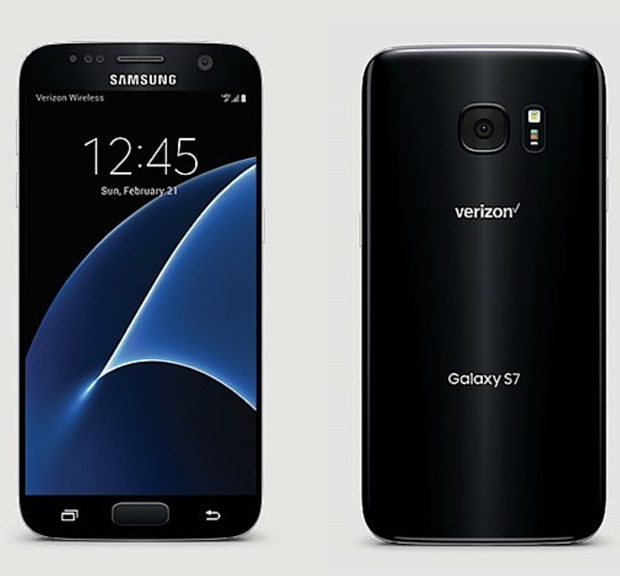According to the latest research from Strategy Analytics, global smartphone shipments grew 12 percent annually to hit a record 1.4 billion units in 2015. Samsung maintained first position and captured 22 percent global smartphone marketshare.

Samsung is launching its new Galaxy S7 flagship model in March, and this is expected to enable Samsung to consolidate its smartphone leadership.
“Global smartphone shipments grew just 6 percent annually from 380.1 million units in Q4 2014 to 404.5 million in Q4 2015. This quarter was the smartphone industry’s slowest growth rate of all time. Smartphone growth is slowing due to increasing penetration maturity in major markets like China and consumer worries about the future of the world economy. Global smartphone shipments grew 12 percent annually from 1.28 billion in full-year 2014 to a record 1.44 billion in 2015,” Linda Sui, director at Strategy Analytics, said.
Samsung shipped 81.3 million smartphones worldwide in Q4 2015, growing an above-average 9 percent annually from 74.5 million units in Q4 2014. This was Samsung’s fastest growth rate for almost two years and it helped Samsung to stay ahead of Apple and maintain first position with 20 percent share for the quarter and 22 percent share for the full year. Samsung is launching its new Galaxy S7 flagship model in March, and this is expected to enable Samsung to consolidate its smartphone leadership.
Apple shipped 74.8 million smartphones worldwide and captured 18 percent marketshare in Q4 2015, barely changed from a year earlier when it delivered 74.5 million units in Q4 2014. Apple’s iPhone growth is peaking. Apple will have to expand into new markets like India or Nigeria if it wants to reignite iPhone growth in 2016.
Huawei maintained third position with 8 percent global smartphone marketshare in Q4 2015, up from 6 percent a year ago. Huawei joined an elite club and shipped over 100 million smartphones in a year for the first time ever during 2015. It was an impressive performance. However, there are signs that Huawei’s growth is starting to slow. Its annual growth rate of 35 percent halved sequentially from 62 percent in the prior quarter, as major vendors like Xiaomi began to fight back in core markets of Asia.”
Lenovo-Motorola held on to fourth position with 5 percent global smartphone marketshare in Q4 2015, but its shipment growth rate declined 18 percent annually. The merger of Lenovo and Motorola has so far not been a success and the two firms’ combined smartphone shipments today are lower than when they first joined together in 2014. Xiaomi maintained fifth place with 5 percent marketshare in Q4 2015. Xiaomi is fighting back in China and India with improved 4G smartphone designs and once again placing competitive pressure on rivals like Huawei, LG, ZTE and Micromax.














































































































